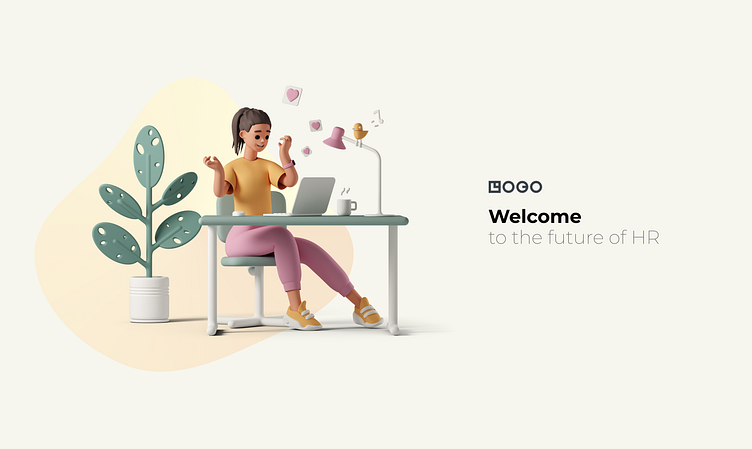The Future of HR
Designing a people care platform - a UX Case study
Since I joined the company it has experienced major adjustments, like logo replacement, and product iteration. Finally, this product has matured to a level. So, it’s time to write something to come to a conclusion and share what I’ve learned from this experience.
There are many aspects involved in creating a HR system, but in this study I will be talking about 4 major aspects: user demand analysis, functional design, experience optimization and design system.
00 - Start with a brief introduction
This platform integrates various HR modules and with a central database, the platform also helps automate and centralize workflows, self-service, reporting, and management system.
01 - User Demand Analysis
After a thorough analysis by our design and product team, going through numerous competitors we got some not unexpected results.
Through research, we can see that although HR software in the market has far exceeded the demand, due to the decentralization of functions, it still cannot solve the efficiency problem fundamentally. Most companies use a lot of different software, data is scattered, work efficiency is low, and HR is overburdened. At this point, a centralized platform that connects all HR tools is particularly important.
Based on existing customers, in order to better understand their motivations and difficulties, we spoke to a number of our clients to discuss their current problems and pain points which is what we then used to drive our solution.
Following are some of the role specific pain points that we discovered during the user research
02 - Functional Design
After understanding user needs, the most important step is to translate the requirements into actual functionality.
Given the enormous scope of the platform consisting of more than 8 module including payroll, performance, etc, I would like to focus on the Hiring module in this article. This will help in keeping it crisp but provide enough understanding of the process and outcomes.
Information Structure
Most of the functions during hiring have different levels of authority, and the data has different sensitivity levels. Obviously, the HR admin authority is greater than Recruiter, and Recruiter is greater than Manager, so we had to create a system which can serve all the above roles in an effortless manner providing exactly what everyone needs and created a simple structure for the Hire module
03 - Experience Optimization
In order to optimize the user experience, first of all, we should start from the user’s purpose, which helps us understand the difficulties they are facing, whether the process is reasonable and whether it is too complicated.
Examples of users’ purposes:
A manager wants to raise a request to hire resources
An HR recruiter wants to track multiple jobs that they are responsible for
An HR admin wants to know the status and progress of all the jobs
But how to check whether the functional flow is reasonable? I have summarized the following criteria:
With the above framework in mind here is an example of how we improved the candidate details page, providing more contextual information and insights
Below is a side by side comparison of the Old and New candidate details page.
04 - Design System
Personally, I think the most important thing for software design system is to
reflect the rule of how to reuse design components
list different states of dynamic elements(buttons, forms, icons, tabs, etc.)
A design system is always evolving and the above will also become more mature as we move along in our journey.
Hope this article helps understand the thought process behind designing a product as huge as this.
I can answer many more questions and showcase more designs in depth when we connect.








